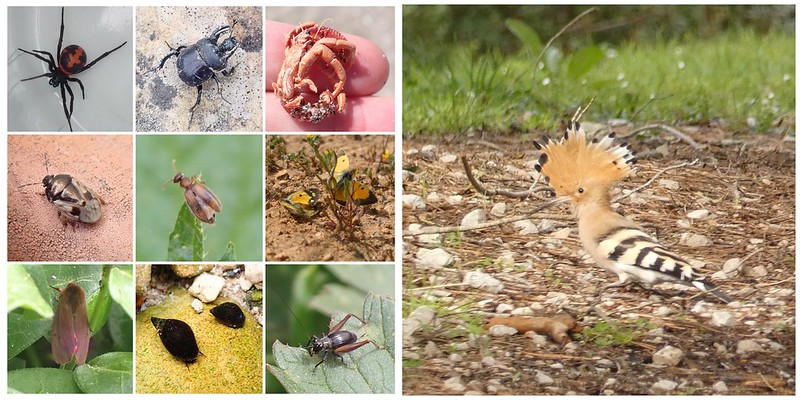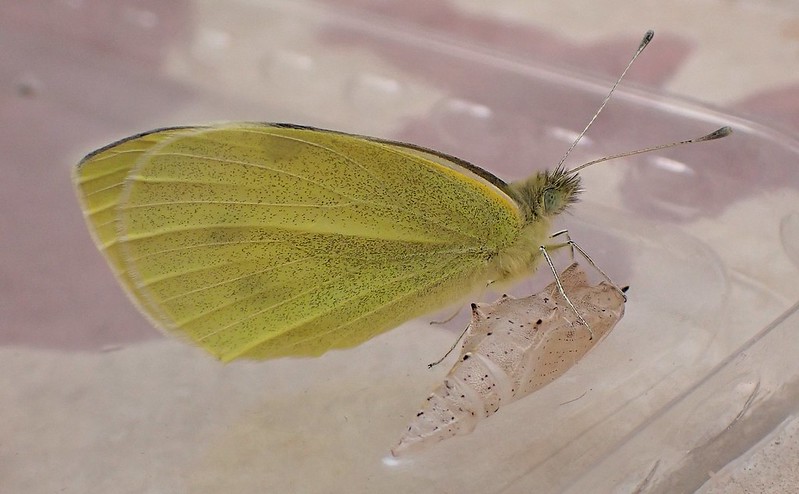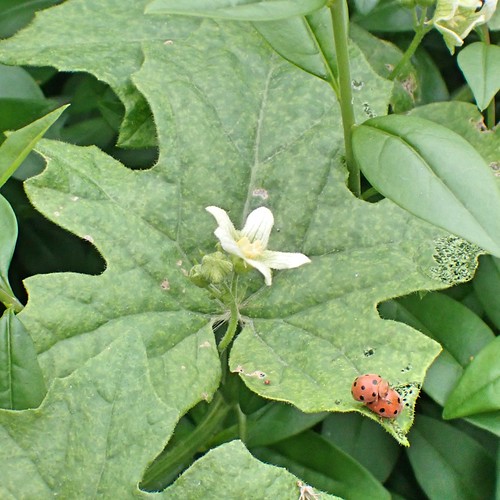iNat Year 2024 - goals and monthly recaps (-March)
So I have decided on this year's iNaturalist goals.
- First and foremost continue my streak which started on 30th Dec 2020. Since I don't work so much and I also don't have any international flights scheduled, it's just a matter of perseverance. If I don't find time during the day, I can always do my nightly moth-walk of about 1,5 h.
- Make a photo book at the end of the year. I started this in 2014 and it's growing into a nice collection. For that I should find at least 100 new-for-me animal species. Or at least 100 which haven't been featured in another book. Since the book of 2022 is about 2 months house-sitting in France (150 species) and 2023 about 3 weeks travelling the length of Germany (150 species, on which I am still working), there are quite a lot that don't yet appear in any book.
- I would really like to find 100 species of animals on thistles, from snails munching on the leaves, to butterflies and bees on the flowers, beetles laying eggs into the stems, finches eating the seeds, spiders building their web between the leaves etc. If I will be able to identify the species of thistle, that's enough botany for me.
Secretly I am also counting the number of animal species seen in this year, since I didn't manage to find 1000 animals last year and only just made it over 1000 in total.
I just changed the order so that the new month is in the beginning.
March highlights

Steatoda paykulliana (Theridiidae) is nothing new, but one of the nicest coloured and patterned individuals I have ever seen. I found it in Jimena de la Frontera in the kitchen sink and caught it in a cup. What a great start to the day! On the same day I found this Chelotrupes sp. (Geotrupidae), which has inspired me to start a project about "Beetles with horns". On the 15th I made a day trip to the coast, collected some shells and came across this dead hermit crab Dardanus arrosor (Diogenidae). The following day brought me two lifers in my patio Crocistethus waltlianus (Cydnidae) and Cordicomus instabilis (Anthicidae). On the next day I could observe this couple of the very common Colias croceus (Pieridae). You usually never see them with open wings, so for me the mating rejection was a really lucky occurrence! The last three pictures are lifers from a day trip to Loja (province Granada) on the 23rd. Phragmatobia fuliginosa (Erebidae), Melanopsis praemorsa (Melanopsidae) and Trigonidium cicindeloides (Trigonidiidae). The hoopoe Upupa epops (Upupidae) I observed for quite a while in Jimena de la Frontera, while it found some snacks on the floor. Then for just a moment, it raised its hood! Never seen before, I thought it had something to do with social behaviour but there was no one else. Maybe it was excited about the food or afraid about the vultures circling overhead - anyway a memorable experience!
The last week of March was characterised by more or less constant rain - very unusual for Andalusia and very unwelcome because it was Semana Santa and all processions had to be cancelled. I just managed to keep up my streak and achieved only 276 RG animal species until the 31st.
February highlights

Cassida deflorata (Chrysomelidae) as larva, pupa and adult - on thistle; Abrostola triplasia (Noctuidae) new for me in my hometown; on the 18th I went for a day trip to the Bay of Cádiz and saw Afruca tangeri West African Fiddler Crabs - they only occur on the Atlantic coast from West Africa to the Algarve; as well as Numenius arquata (Scolopacidae) and Phoenicopterus roseus (Phoenicopteridae), not new, but I don't often get a photo in flight. From 29.2. to 3.3. I stayed with a friend in Jimena de la Frontera (Cádiz province). On the first night I did a moth-walk and found this new Horisme scorteata (Geometridae). The Red-legged Partridge Alectoris rufa is also from the Bay of Cádiz.
The number of RG animal species until the end of February is 196.
Perigune narbonea (Geometridae); gall of wasp Andricus quercustozae (Cynipidae); Cisticola juncidis (Cisticolidae) is not new, but I think a really cute photo; of Dicranopalpus caudatus (Phalangiidae)I have to show two photos, because I find the forked pedipalps really fascinating; Conostethus venustus (Miridae) on thistle :-); Deroceras reticulatum (Agriolimacidae); Menemerus taeniatus (Salticidae); Chesias rufata (Geometridae). All of those species I found walking around Antequera. The wigeon Mareca penelope (Anatidae) I spotted on a day trip to the Guadalhorce-mouth in Málaga. This day and another trip to Fuente de Piedra provided all of the usual avian suspects (except cranes) and this new duck.
The number of RG animals species for January is 103.












